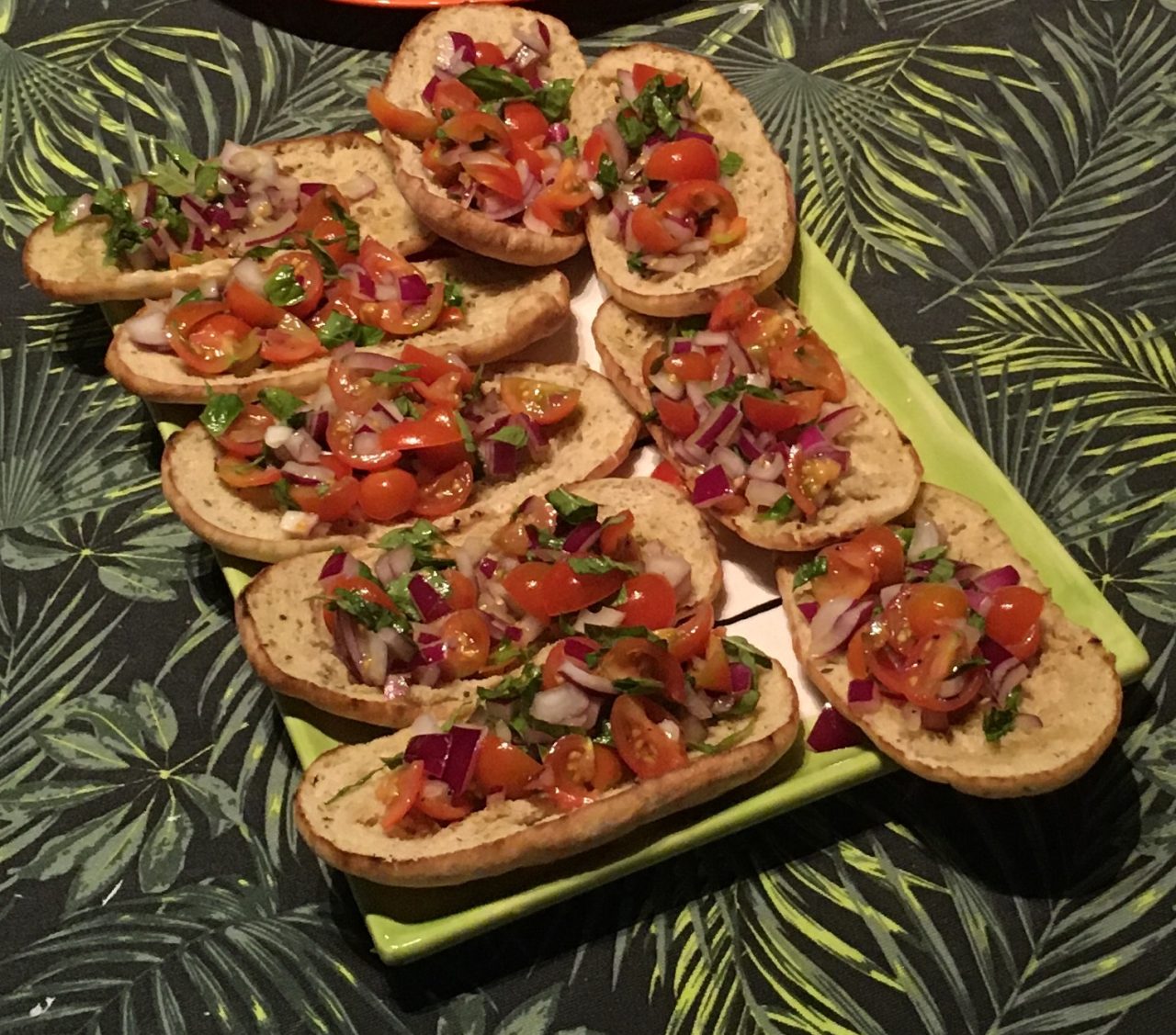Who? Poet, Educator, Activist, Creative AKA KATH WALKER
Kathleen Jean Mary Ruska was born in November 1920. She was a descendant of the Noonuccal people of Minjerribah. [North Stradbroke Island]. Her totem was Kabool the carpet snake, who could not be eaten by his people.
Kath was strongly influenced by her parents. Mother Lucy was one of the ‘stolen generation’, who was not taught to read or write at the mission, gaining domestic skills instead. Her father, Ted Ruska, was the foreman of a gang of Aboriginal labourers employed by the Queensland Government. Their measley income was supplemented by using the traditional hunter/gatherer skills of the Noonuccal people.
Lucy was determined her children would read and write. Her father said to her ‘Just ‘cos you’re Aboriginal doesn’t mean you have to be as good as most white children – you have to be better.’
Kath attended Dunwich State School which she left at 13 to become a poorly paid live-in domestic servant. In 1941 she joined the Australian Women’s Army Service. [AWAS]. She was promoted to corporal, worked in switchboard operations and later as a pay clerk.
In 1942 Kath married Bruce Walker – a descendant of the Logan and Albert River Aboriginal people – though a dependence on alcohol led to domestic violence and the complete breakdown of that marriage.
To support herself and young child Kath became a domestic servant for the family of Sir Ralph and Lady Cilento who encouraged Kath to write and taught her to draw and paint.
In 1964 her poetry anthology, “We Are Going”, was the first book to be published by an Aboriginal woman. The title poem ends:
“The scrubs are gone, the hunting and the laughter.
The eagle is gone, the emu and the kangaroo are gone from this place.
The bora ring is gone The corroboree is gone And we are going.”
“The Dawn is at Hand ” was published in 1966 and the third collection “My People: A Kath Walker Collection,” was published in 1970.
In the 1960’s Oodgeroo fought for Aboriginal rights. In 1963 she met Sir Robert Menzies, the Australian Prime Minister. When he offered her a drink of wine she told him that if he had done that in Queensland he could have been put in gaol. It was not until 1967 that Aboriginal people had the right to vote.
In 1972 Oodgeroo returned to the birthplace of her people – the Noonuccal. She established an education and cultural centre at Moongalba [sitting down place] on Stradbroke Island. By 1987, 26,500 children had experienced sitting down and learning at Moongalba.
In 1988 she adopted a traditional name: Oodgeroo – paperbark tree – and Noonuccal – the name of her people.
Oodgeroo Noonuccal earned many awards:
• 1970 Mary Gilmore Medal
• 1975 Jessie Litchfield Award
• International Acting Award
• Fellowship of Australian Writers’ Award
• Doctor of the University from Griffith University.
In 1970, as Kath Walker, she was appointed a Member of the Order of the British Empire for services to the community. In 1987 she returned it as a protest against the forthcoming bicentenary celebrations of Australia. She stated, “Next year, 1988, to me marks 200 years of rape and carnage, all these terrible things that the Aboriginal tribes of Australia have suffered without any recognition even of admitted guilt from the parliaments of England…. From the Aboriginal point of view, what is there to celebrate? … I can no longer with a clear conscience accept the English honour of the MBE and will be returning to her Majesty Queen Elizabeth II of England.“
Oodgeroo Noonuccal died in 1993 at the age of 72.
Note:
This is very much an abridged version of a life and I recommend reading:
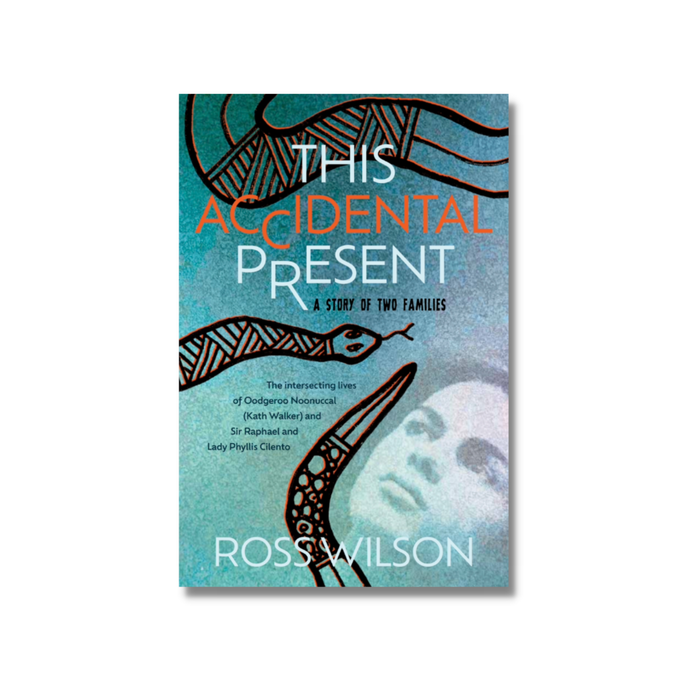
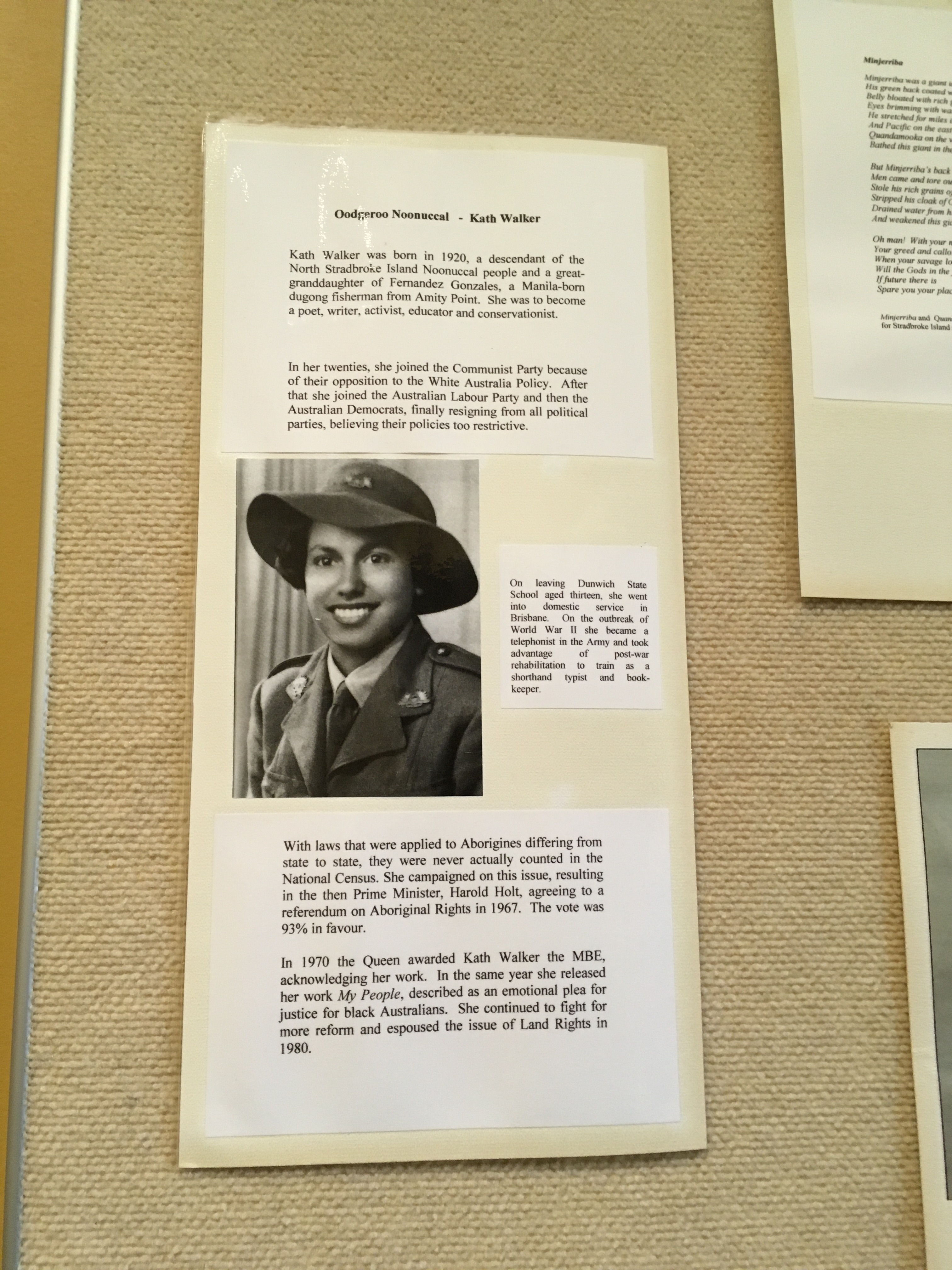
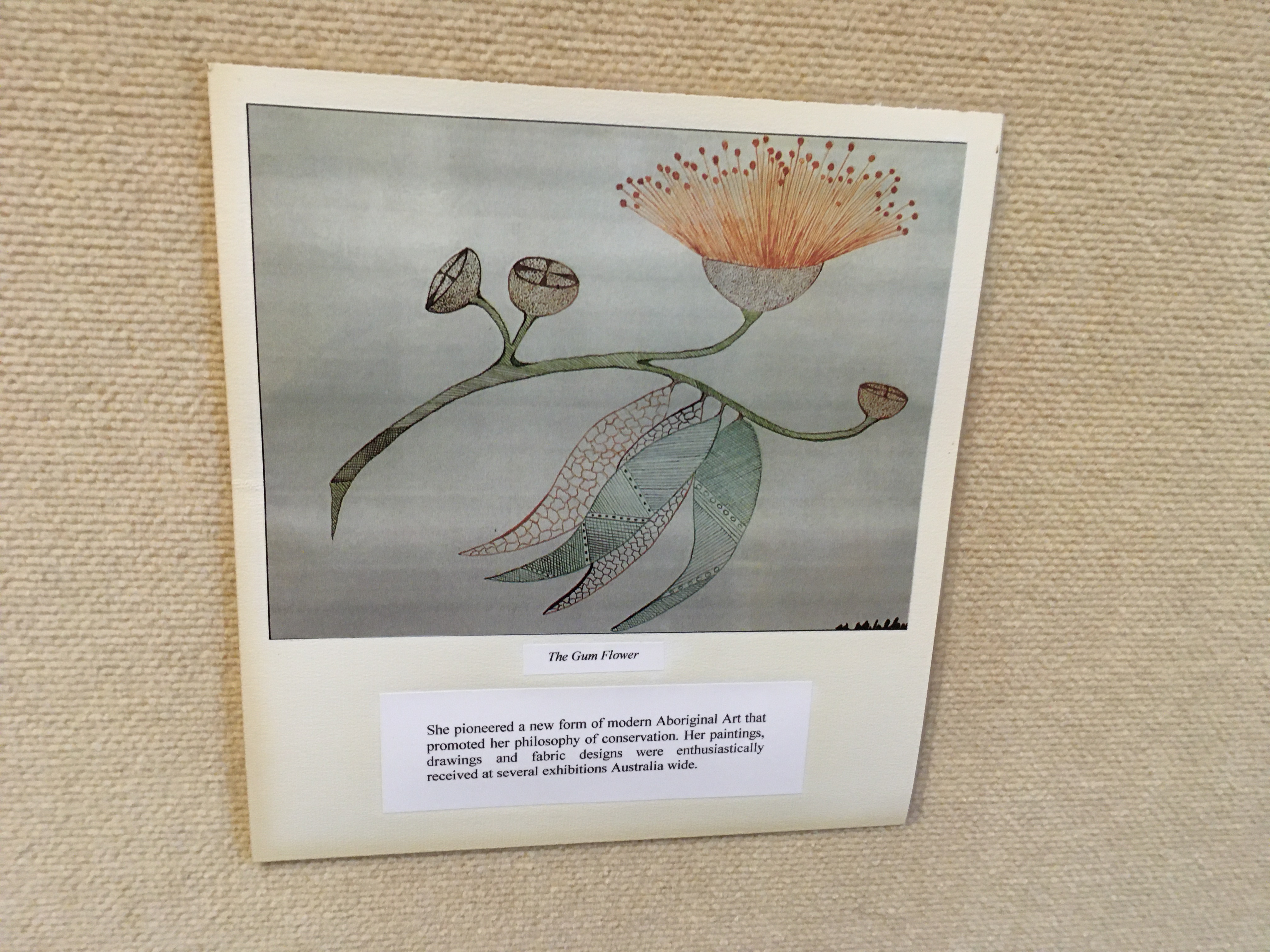
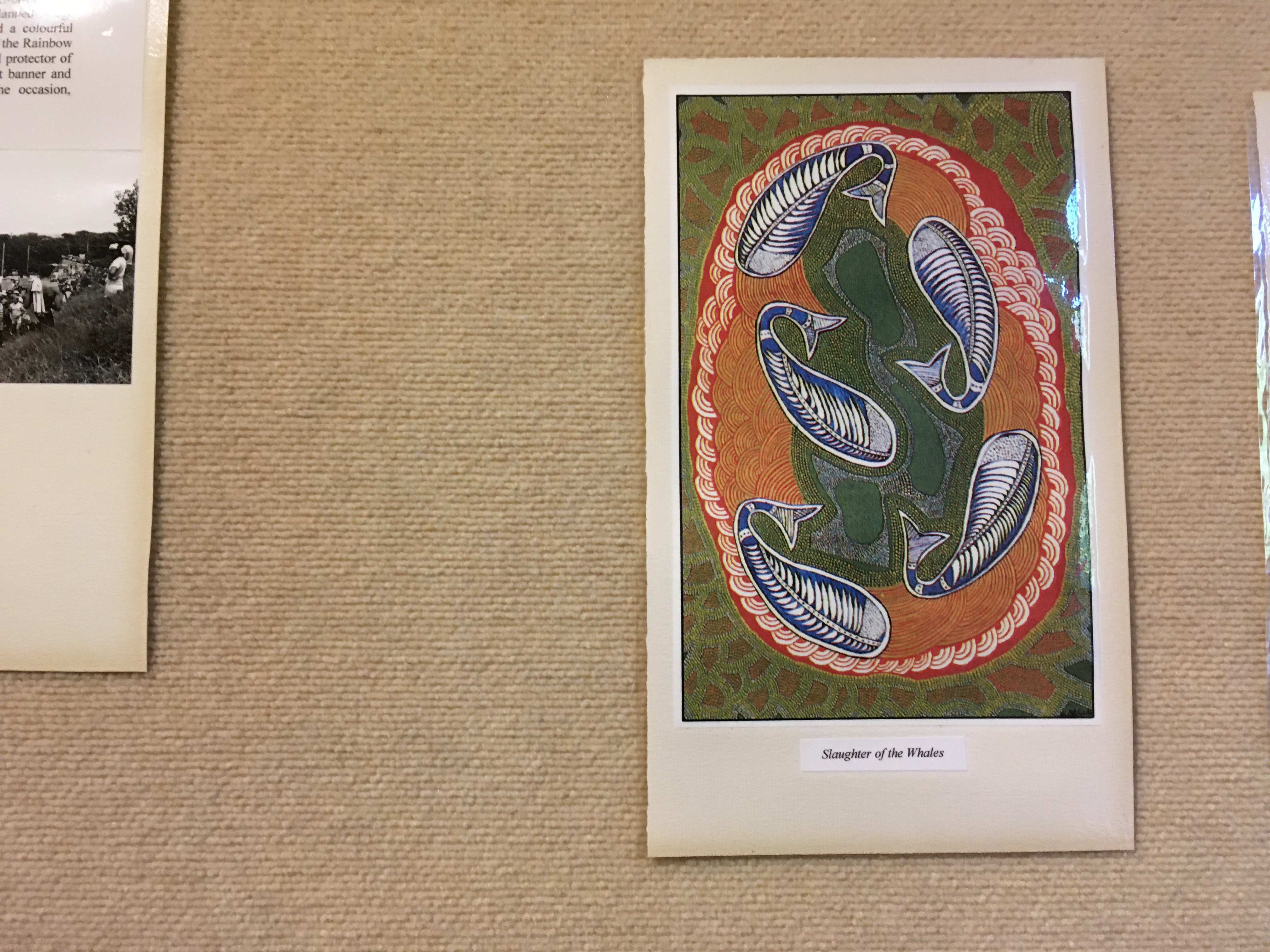

#A-ZChallenge 2024
Australian Trivia
